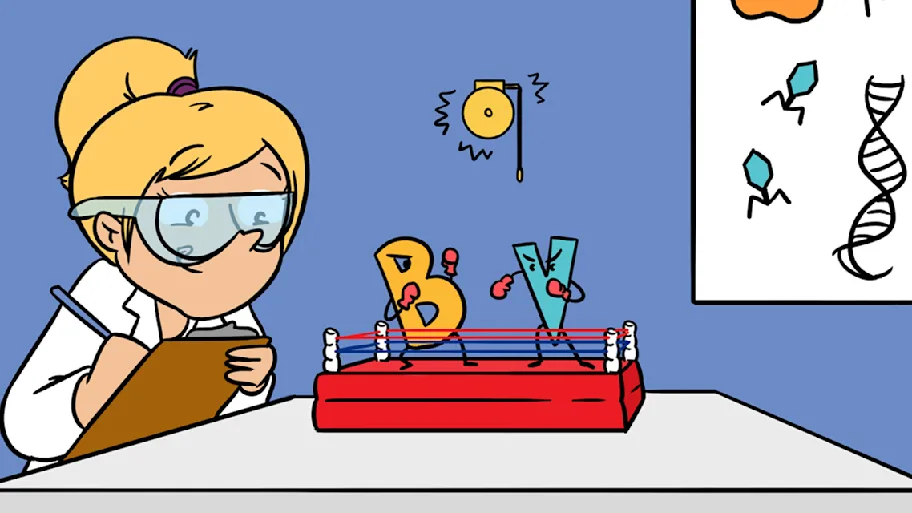
- Science news
- Young Minds
- Introducing our new member – Pip, the pangolin!
Introducing our new member – Pip, the pangolin!

With great pleasure, Frontiers for Young Minds presents their newest member: Pip, the pangolin! Pip is the result of a drawing competition, where we invited our scientific community to draw the animal character that they believe should follow us in our scientific adventures. The Young Reviewers of our kid-friendly science journal voted for their preferred drawing, and this drawing formed the basis for an illustrated version of the animal.
— by Hedwig Ens
As Frontiers celebrates their 10th Birthday, we decided it was time to include a 10th character to our kid-friendly science journal Frontiers for Young Minds. And not just any character – we wanted a non-human animal to accompany our kids in their adventures through the world of science. To achieve this, we harnessed the power of our scientific community by organizing a drawing competition in a similar format to our peer review process. Scientists were asked to draw, and our Young Reviewers to do what they do best – review!
We were amazed not only by the number and quality of the submissions we received, but also by the accompanying motivations as to why each entry should be considered to join the Frontiers for Young Minds’ existing characters.

We received a dumbo octopus (to allow it to learn about our world), tardigrades (to teach us that life has no frontiers), an olinguito (reminding us that we just need to look closer if we want to find amazing things), an aye-aye (with eyes big enough to discover all the science), a coral colony of the species Stylophora pistillata (to make us aware of the diversity of life), and a turtle (to represent that even though learning can be slow and steady, the one who learns the fundamentals wins the race).

We got a flying fox (masters of perspective), a Thermus aquaticus bacteria (to celebrate its contribution to science), a Plasmodium protozoa (to remind us of our struggle against major disease outbreaks), an axolotl (a puzzling creature to spark curiosity), a pangolin (even the least famous mammal deserves to live in peace), a small Aiptasia sea anemone (a real globetrotter working on the frontiers of science), and a sea turtle (to remind us of the negative effects of our pollution).
With all entries submitted and with our mission to empower the next generation of scientists, we asked our board of Young Reviewers to vote for the winner. And …
… Drum roll please…
Almost unanimously they voted for Pip, the pangolin! Made by Huiling Chen, our Young Reviewers chose Pip as the winning character for several reasons. They remarked: “This drawing looked like someone had put an enormous amount of effort into illustrating it and it also had a very well written explanation to show what the drawing symbolized”. They added: “I would like to know more about this animal”. And last but not least: “Pip is cool”.
So please meet Pip. As Huiling explains: “Pangolins are curious animals with a fascinating biology – they are the only species of mammals that have scales. They have no teeth, but instead eat ants and termites using their long sticky tongues. They also have spine-like protrusions in their lower stomach to help them digest their food. Despite being such fascinating creatures, pangolins are one of the world’s most trafficked animals, due to ancient Asian and African beliefs in the restorative powers of the pangolin’s scales.”
Huiling is very happy that the kids liked Pip as much as she liked drawing him. Her drawing of Pip was illustrated in the style of Frontiers for Young Minds to join the rest of characters and we proudly present the result.

We are looking forward to exploring the world of science with Pip at our side. Keep a lookout for our articles, and journey together with Pip and our other characters!






